Functionalized surfaces
Based on innovative surface functionalization technologies and a solid know-how developed over years of research, SiKÉMIA offers an R&D outsourcing service in the form of customized surface modification services to meet industrial expectations in terms of applications and to help overcome certain technological barriers.
SAMs
Surface functionalization using self-assembled monolayers (SAMs) technology allows for the formation of a transparent, flexible, and easy-to-implement nanocoating that modifies the properties of surfaces of many materials (metal, metal oxide, semiconductor, glass, ceramic, etc.) of different geometries (flat surface or nanostructured surface, powder, etc.).
SAMs are organic assemblies formed by the adsorption of molecular constituents in solution or in the gas phase on the surface of materials; the molecules spontaneously organize in an ordered manner to form monolayers.
LINKERS
SAMs are mostly formed of bifunctional molecules or linkers composed of:
- A grafting function capable of reacting with the surface to be modified.
- A spacer arm
- A terminal chemical group that provides a new surface property to materials.
The grafting function is chosen for its specific affinity with the surface to be functionalized, in order to form a preferential covalent bond with it. The SiKÉMIA catalog has over 400 linkers in the chemistry of silicon, phosphorus, sulfur, and carbon.
The terminal group, on the other hand, provides the new surface property. Nanocoatings can therefore be hydrophobic, hydrophilic, oleophobic, anti-fouling, or polymerizable. They also allow for the compatibilization of powders in organic matrices or the immobilization of elements of interest in the context of wastewater treatment, either for recycling or for the elimination of specific pollutants. Finally, SAMs are widely used in the medical field as an antibacterial coating or for biorecognition.
Our Surface Modification Process Service
-
1. Feasability Study & specifications
Evaluate material properties and project viability to understand potential challenges and opportunities.
-
2. Choice of the most suitable linker
Select the appropriate linker molecules based on surface type, desired properties, and application needs.
-
3. Grafting Step
Attach linker molecules to the surface using advanced techniques, ensuring uniform modification and stability.
-
4. Process Optimization
Enhance performance and longevity of the modified surface through careful adjustment of modification conditions and rigorous testing.
-
5. Technology Transfer
Provide comprehensive support and information to enable the client to independently implement the surface modification process in their own facilities.
